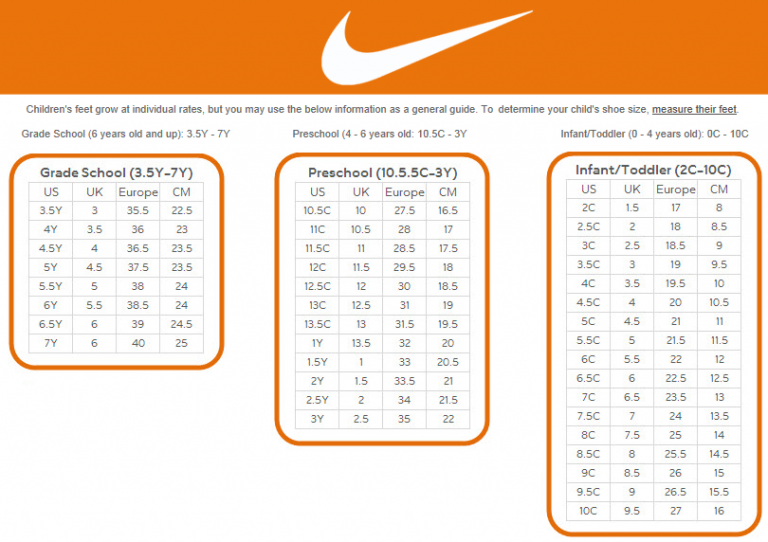5 Kid Sizes to Women's

When it comes to shoe sizes, navigating between different age groups and genders can be confusing, especially for parents looking to purchase shoes for their kids that fit like women’s sizes. Shoe sizes are not entirely standardized and can vary significantly between brands. However, understanding the general conversion can help in making more accurate purchases.
Here’s a general guide to convert from kids’ sizes to women’s sizes, keeping in mind that this is an approximate conversion and can vary between brands:
Kid’s Size 4 to Women’s Size 6: At this stage, kids’ feet are generally smaller and narrower than adults’. Women’s size 6 shoes are likely to fit kids who wear a size 4, but the width might be slightly different. Some women might find that their feet are more comfortably accommodated in these sizes due to the narrower width.
Kid’s Size 5 to Women’s Size 6.5: As kids grow, their shoe size increases, and by the time they reach a kid’s size 5, they might fit into a women’s 6.5. This conversion is useful for families where hand-me-downs are common, or for purchasing shoes that will fit for a longer period.
Kid’s Size 6 to Women’s Size 7: At this size, children’s feet are getting closer to adult sizes but might still be slightly narrower. Women’s size 7 can accommodate kids who wear a size 6, offering a bit more room in terms of length and possibly width, depending on the shoe brand.
Kid’s Size 7 to Women’s Size 7.5 or 8: By the time kids reach a size 7, their feet are very close to adult sizes. Women who have narrower feet might find that they can fit into a kid’s size 7, which is roughly equivalent to a women’s size 7.5 or 8, depending on the brand and style of the shoe.
Kid’s Size 8 to Women’s Size 8.5 or 9: For kids who wear an 8, they can often fit into women’s shoes, typically in the range of 8.5 to 9, depending on the foot’s width and the specific brand of the shoe. This conversion is useful for kids who are quickly outgrowing their shoes and for women who prefer a narrower fit.
Factors to Consider
Width: Children’s shoes often come in narrower widths compared to adult sizes. Even if the length fits, the width might not be as comfortable or might not fit at all.
Style: Different styles of shoes have varying sizes. For example, sneakers might fit differently compared to boots or sandals.
Brand: Each brand has its sizing chart. What might be a perfect fit in one brand could be too tight or too loose in another.
Growth Room: Buying shoes slightly larger to accommodate growth is a common strategy, but this can also affect fit and comfort.
Practical Advice for Parents
Measure Carefully: Before buying shoes, measure your child’s feet accurately, considering both length and width. Many shoe stores offer this service for free.
Try On Shoes: When possible, try on shoes before buying, especially if you’re shopping online. Return policies can be helpful, but trying them on first saves time and hassle.
Consider Adjustable Features: Some shoes come with adjustable features like Velcro straps or elastic laces that can help achieve a better fit.
Understanding these conversions and considering the factors that influence shoe fit can make shopping for shoes that fit well much easier, whether you’re shopping for kids or looking for a fit that accommodates narrower or wider feet. Always keep in mind the variability between brands and styles, and don’t hesitate to ask for professional measurement and fitting advice in shoe stores.



